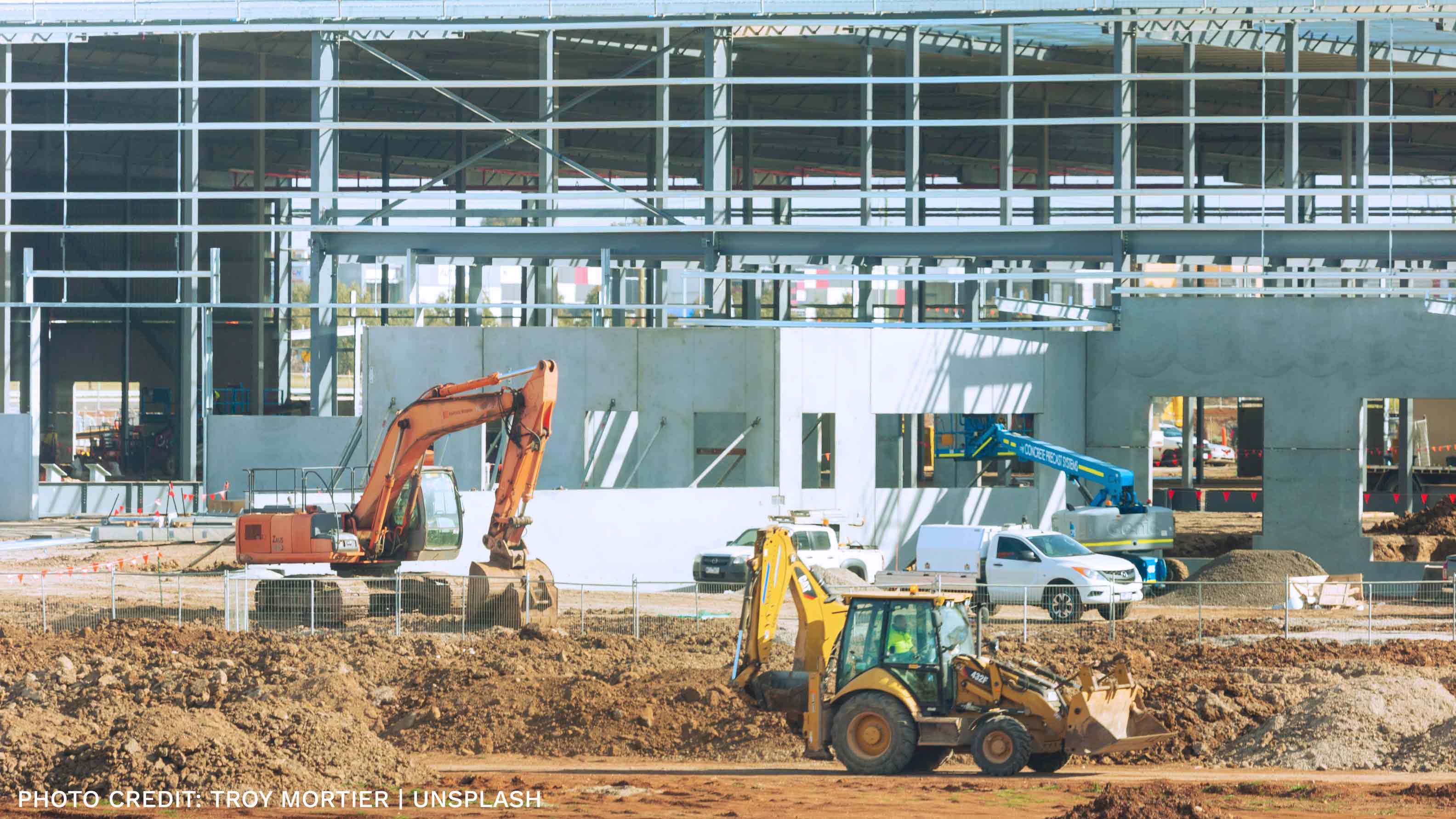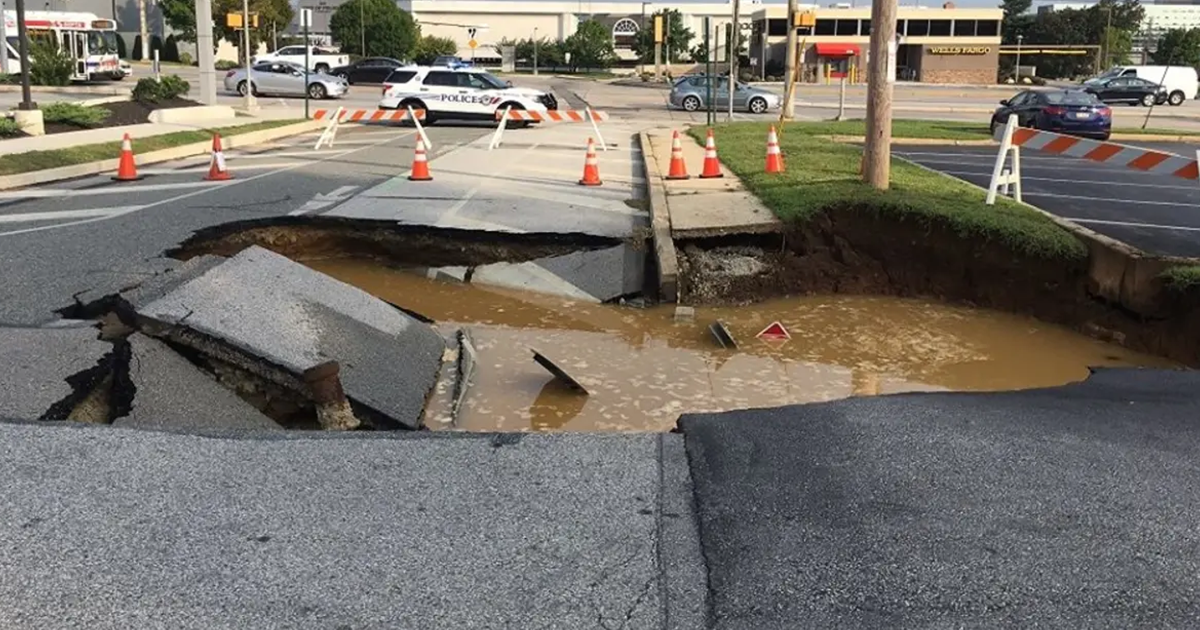
The beginning stages of any construction project can present various challenges that may affect its success. Addressing these issues early on, from site selection to budget constraints, is crucial. One particular concern is understanding the subsurface geology and potential anomalies that can impact construction. That's where Electrical Resistivity Imaging (ERI) comes in. This blog post will explore how ERI can be a game-changer in construction projects, ensuring informed decision-making, preventing delays, and mitigating safety hazards.
Speaking of safety hazards, check out this blog post where we show you how a sinkhole can do real damage to a business:
Unveiling the Subsurface with ERI
Before delving into the applications of ERI in construction, let's understand the technique itself. ERI involves capturing valuable information about subsurface conditions through the use of electrical currents passed through the ground. By analyzing the resulting voltage measurements, construction teams gain insights into soil and rock types, slope stability, underground utilities, and potential environmental risks. This non-invasive method allows for accurate subsurface mapping—aiding construction projects from start to finish.
Solid Foundations: Designing with Confidence
The stability of foundations is paramount to any structure's integrity. ERI is crucial in identifying subsurface anomalies that may impact foundation design. By detecting factors like subsurface voids or changes in soil types, construction teams can ensure stable foundations that withstand the test of time. Additionally, ERI helps determine the depth to bedrock, allowing for accurate sizing and appropriate foundation selection.

Leaning Tower of Pisa, Italy: Perhaps one of the most famous examples, the Leaning Tower of Pisa showcases the consequences of unstable soil. The tower started leaning shortly after construction began in the 12th century due to the weak foundation on top of soft clay and sand. Over the centuries, extensive efforts have been made to stabilize the tower and prevent further tilting.
Slope Stability: Keeping Construction on Solid Ground
Construction projects in hilly or steep terrain demand careful attention to slope stability. ERI is a powerful tool for identifying subsurface anomalies like fractures or soil or rock-type changes that may compromise slope stability. By assessing these factors, construction teams can effectively design and implement slope stabilization measures. ERI also aids in the early detection of potential landslides, enabling proactive actions to prevent slope failures.
Underground Utilities: Locating the Unseen
Avoiding damage to underground utilities during construction is essential for safety and efficiency. ERI comes to the rescue by accurately locating pipes and cables before breaking ground. By mapping out these utilities, construction teams can plan their work accordingly, preventing accidents and minimizing costly interruptions. ERI is a proactive measure that ensures a smoother construction process.

Not checking for utilities like pipes can lead to erosion beneath the surface and sinkholes on your property.
Monitoring Construction: Real-time Insights
ERI's applications extend beyond the initial stages of construction. It provides ongoing monitoring of subsurface conditions, allowing for proactive decision-making. Construction teams can utilize ERI to monitor slope stability changes, structure settling, or the effectiveness of remediation efforts. By identifying potential issues in real-time, take prompt actions to prevent delays, ensure safety, and maintain project progress.
In conclusion, ERI proves to be an invaluable tool for construction projects. ERI empowers construction teams to make informed decisions throughout the project's lifecycle by offering valuable insights into subsurface geology and identifying potential anomalies. From site characterization and foundation design to slope stability, underground utility location, and ongoing monitoring, ERI enhances construction projects, reducing risks, preventing delays, and ensuring successful outcomes. Embrace the power of ERI and unlock new possibilities in your construction endeavors.
Ready to harness the power of ERI for your construction project? Contact Advanced Geosciences today to learn more about how our expertise can benefit your needs. Take the first step towards informed decision-making, preventing delays, and ensuring project success. Reach out now for a consultation tailored to your construction goals. Let's build a solid foundation together!

